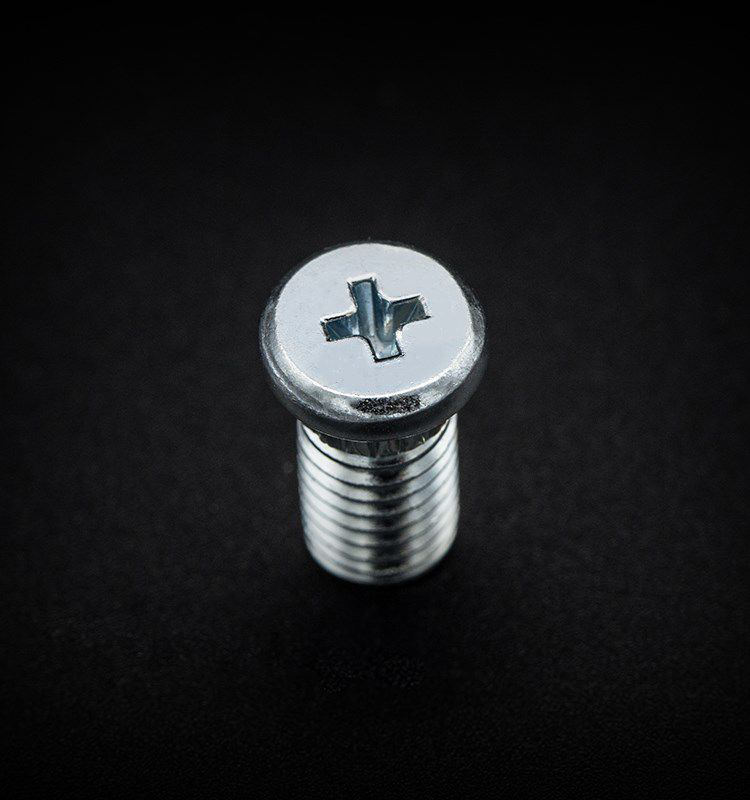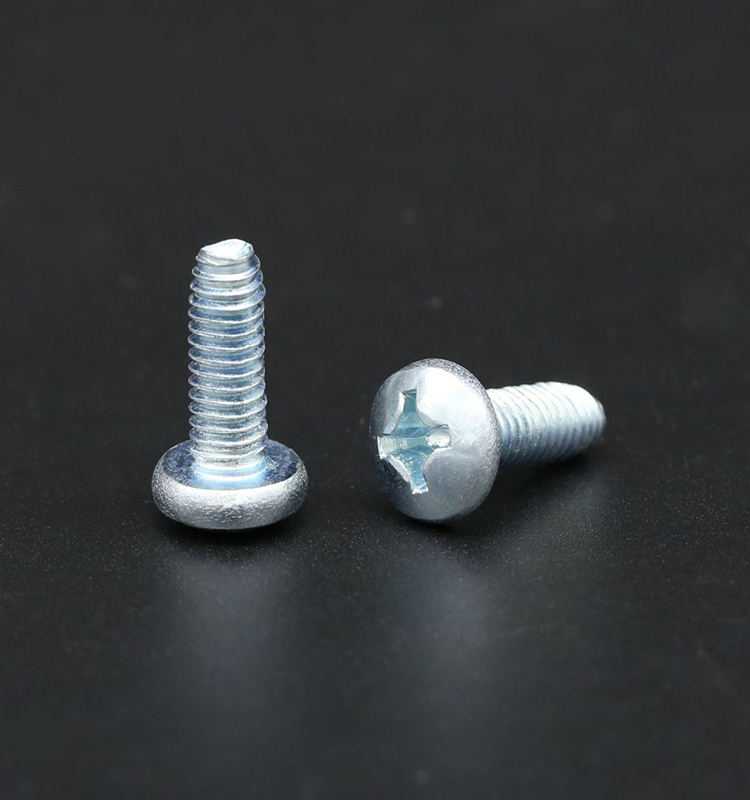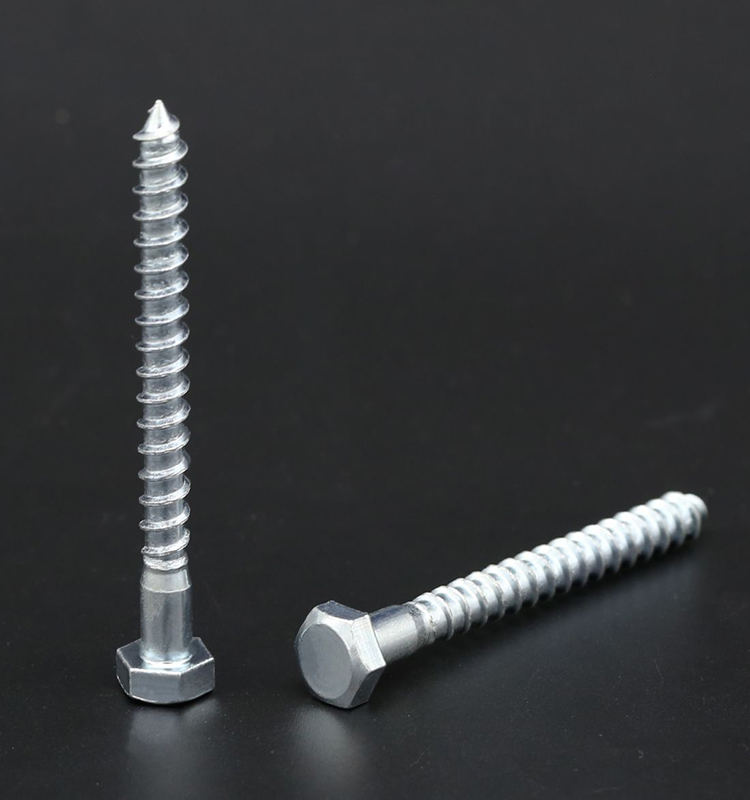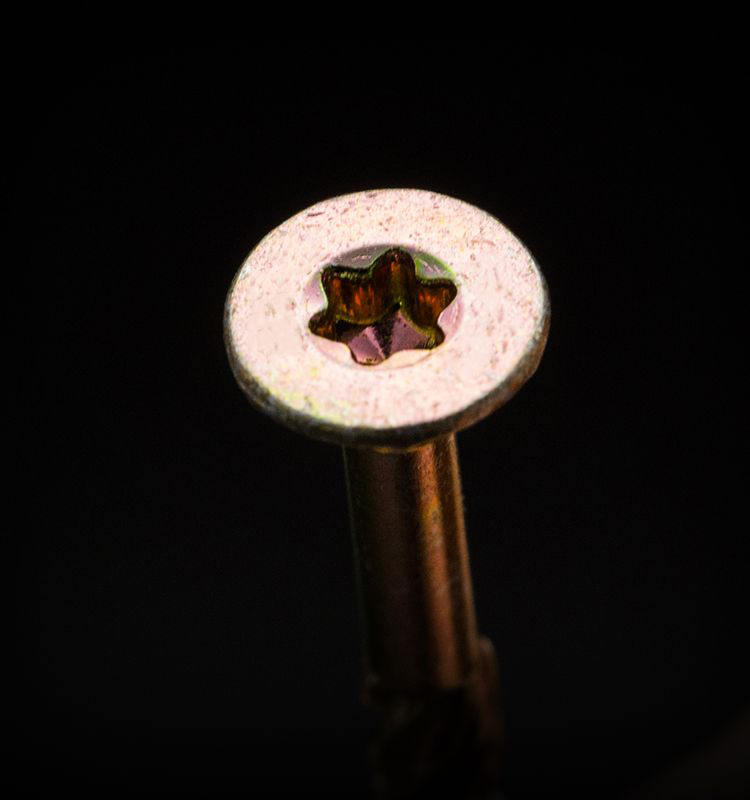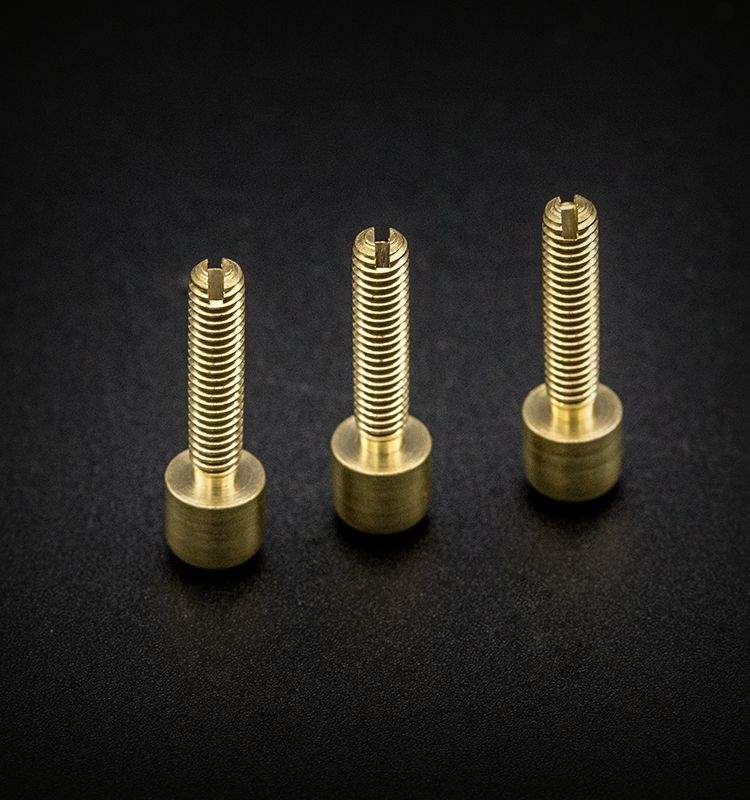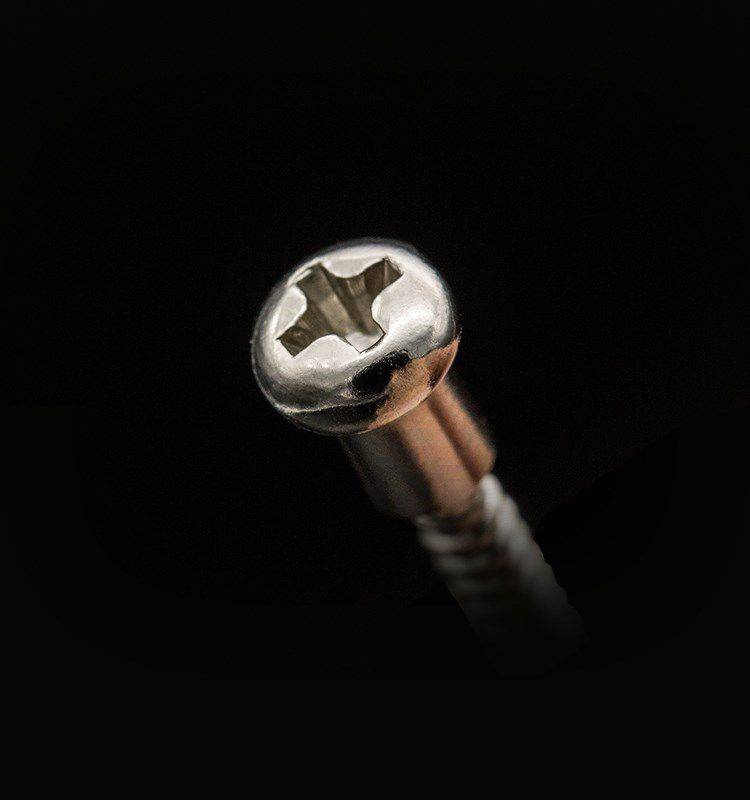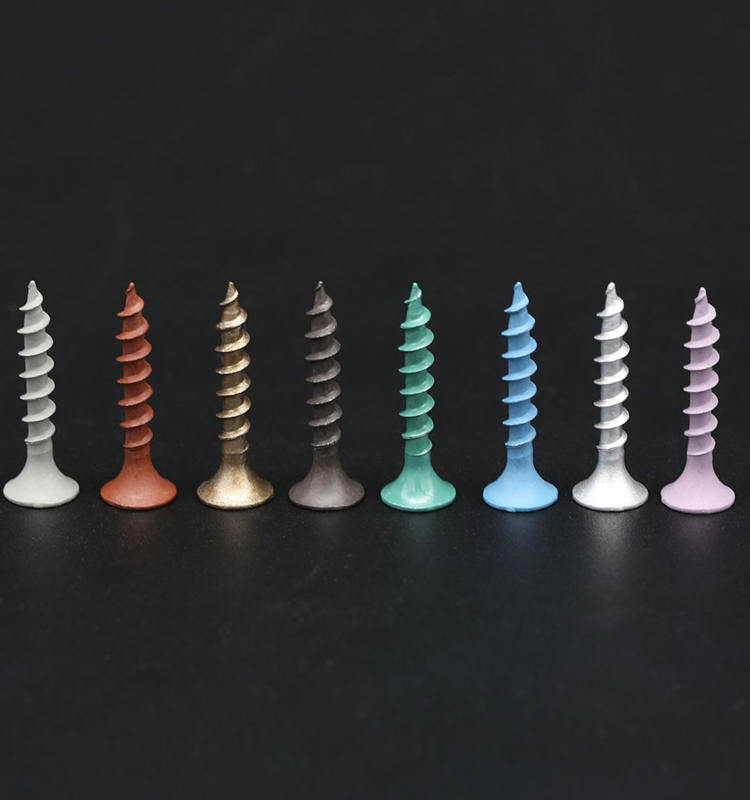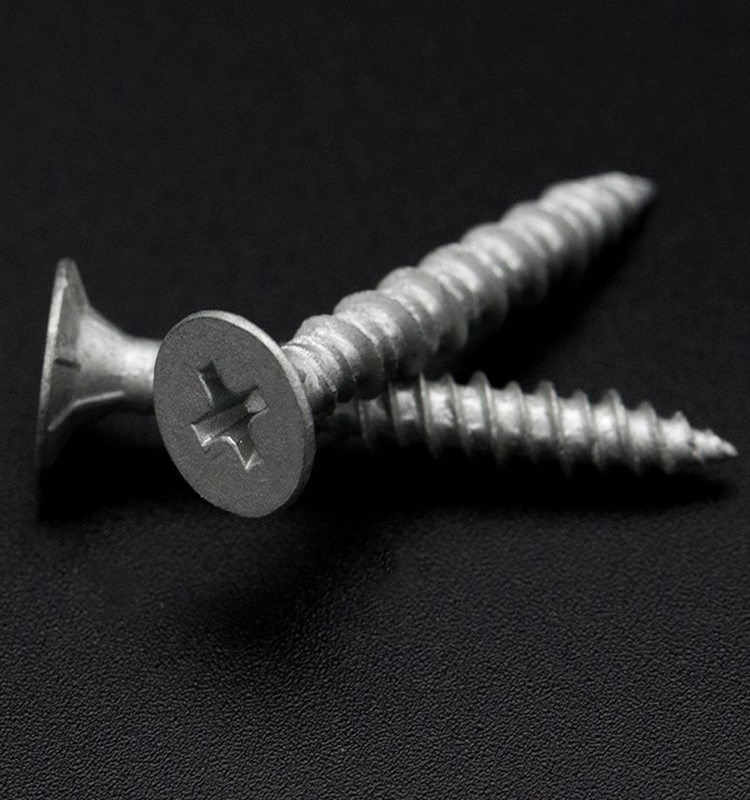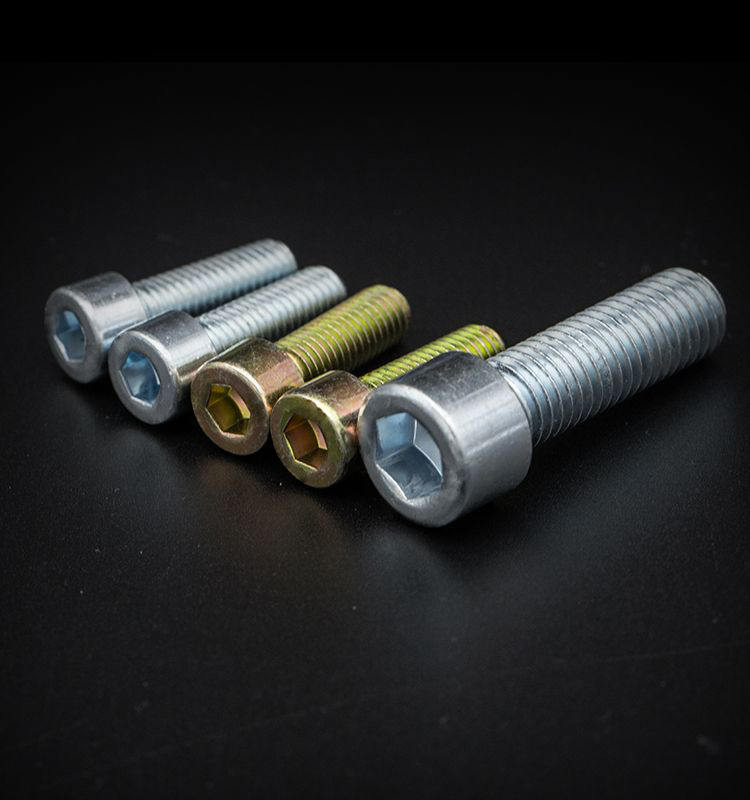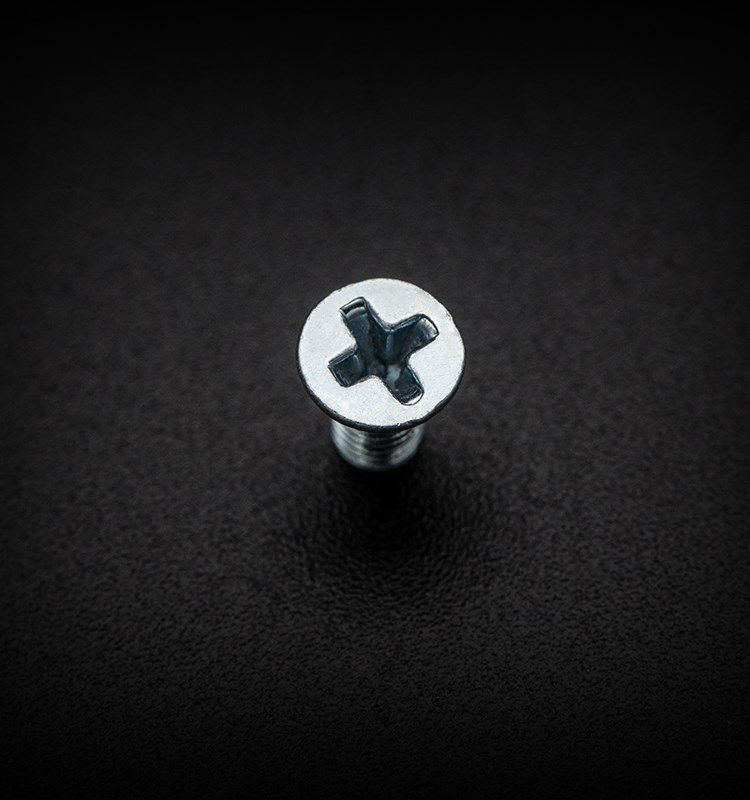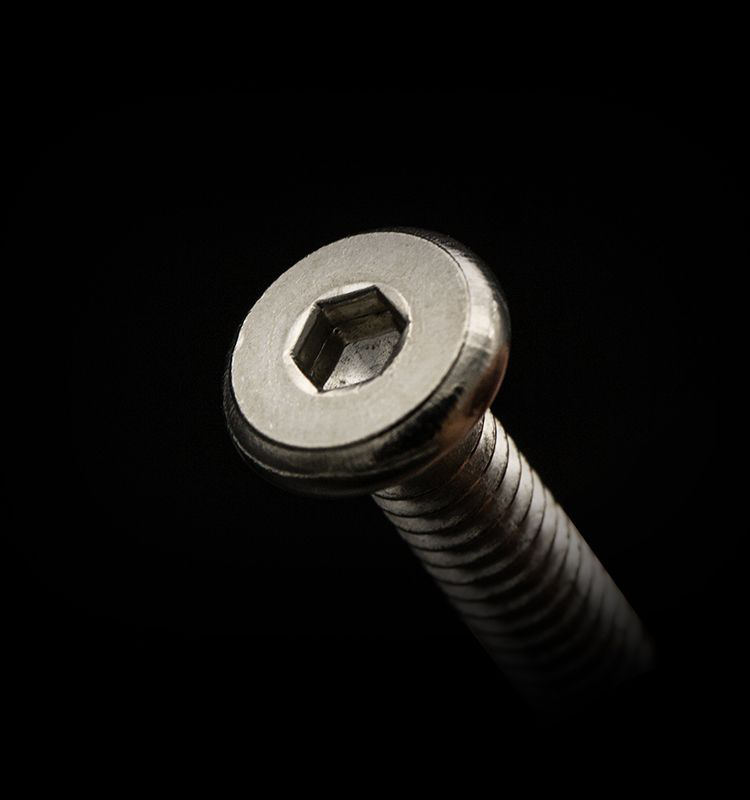Cement nails, like other types of nails, come in various head types, and the choice of head type can have a significant impact on the functionality and aesthetics of your fastening project. Here are some common head types of cement nails, along with their characteristics:
Flat Head (Square Shank):
Characteristics: Flat-headed cement nails have a square shank beneath a flat, broad head. The flat head provides a large surface area for contact, which helps distribute the load and prevent the nail from pulling out.
Applications: They are often used in applications where a flush or concealed finish is desired, such as attaching wooden or metal materials to concrete or masonry walls.
Round Head:
Characteristics: Round-headed cement nails have a rounded, dome-like head that offers a similar broad surface area as flat-headed nails.
Applications: Round-head nails are also used when a flush or concealed finish is required. They are suitable for attaching items like furring strips, wire lath, or other materials to masonry surfaces.
Countersunk Head:
Characteristics: Countersunk-headed cement nails have a head with an angled or tapered shape. This type of head is designed to be driven below the surface of the material and can be easily concealed with putty or filler.
Applications: Countersunk nails are commonly used for applications where you want the nail head to be hidden entirely, such as when installing trim, molding, or baseboards on masonry or concrete walls.
Dome Head (Round Cap):
Characteristics: Dome-headed cement nails have a rounded or domed cap that covers the nail head. The cap provides a larger surface area for load distribution and can be visually appealing.
Applications: Dome-headed nails are often used for decorative purposes and in applications where a finished appearance is important, such as attaching decorative elements to masonry or concrete surfaces.
Fluted Head:
Characteristics: Fluted-headed cement nails have a head with flutes or ridges around the edges. These ridges help improve grip and prevent the nail from backing out.
Applications: Fluted nails are useful when extra holding power is required, and they are commonly used for securing materials like electrical conduit or metal framing to masonry.
Oval Head:
Characteristics: Oval-headed cement nails have an elongated, oval-shaped head that combines the benefits of a broad surface area with a slightly tapered profile.
Applications: Oval-headed nails are versatile and can be used for both functional and decorative purposes. They are suitable for attaching various materials to concrete or masonry.
The choice of cement nail head type should be based on the specific requirements of your project, including load-bearing capacity, appearance, and the desired finish. Always select the appropriate head type and size to ensure a secure and aesthetically pleasing result when fastening objects to concrete or masonry surfaces.
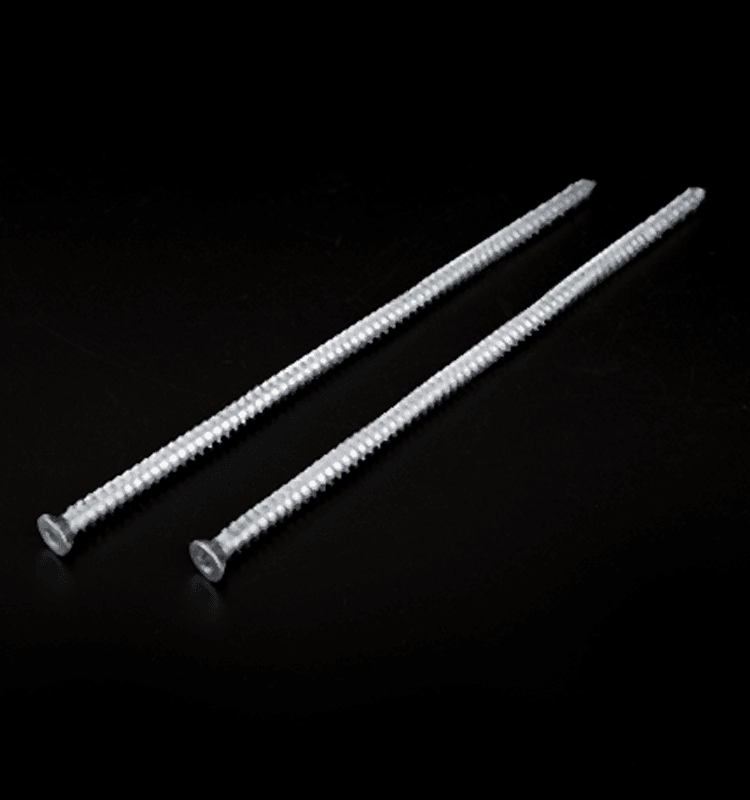
Plum blossom countersunk head cement nail

